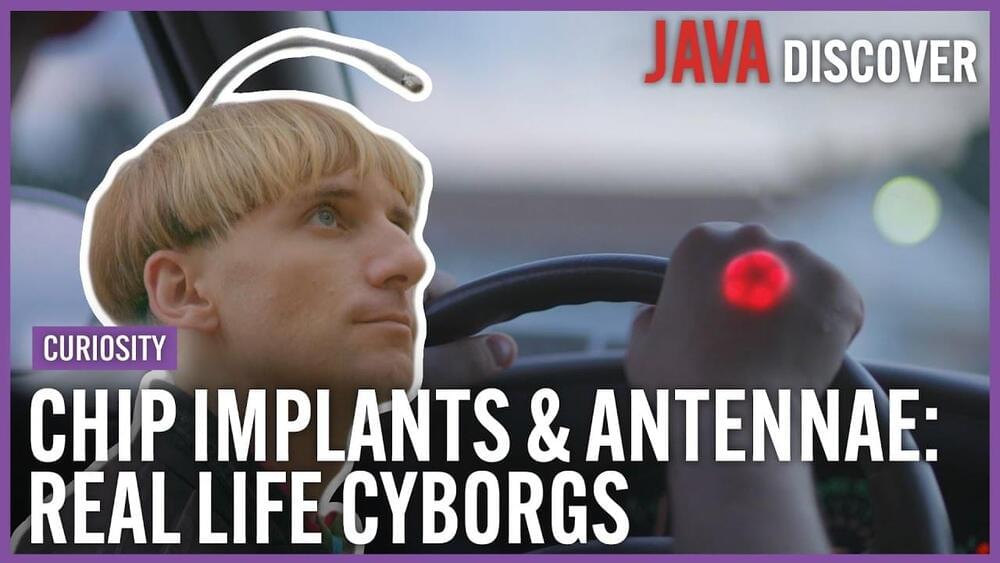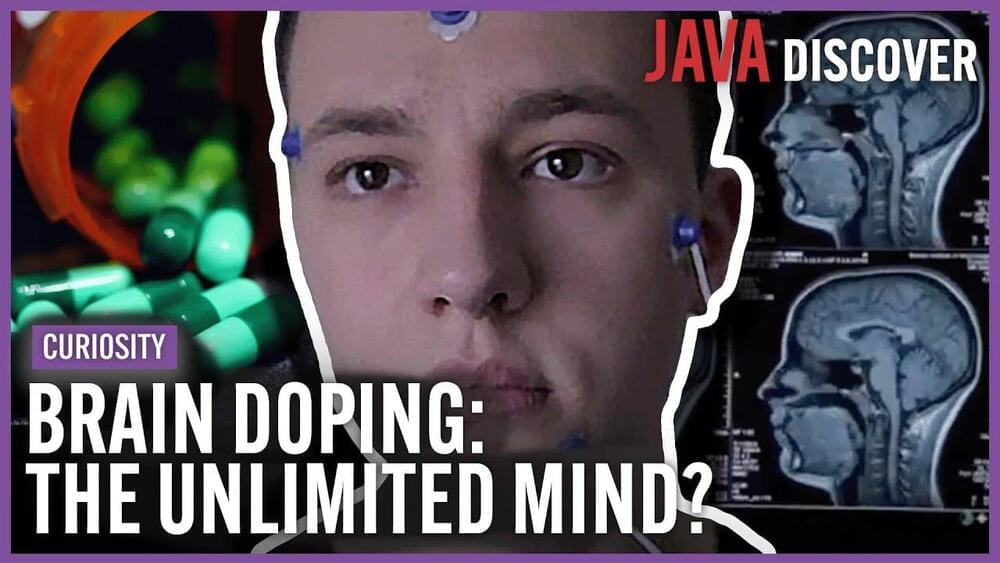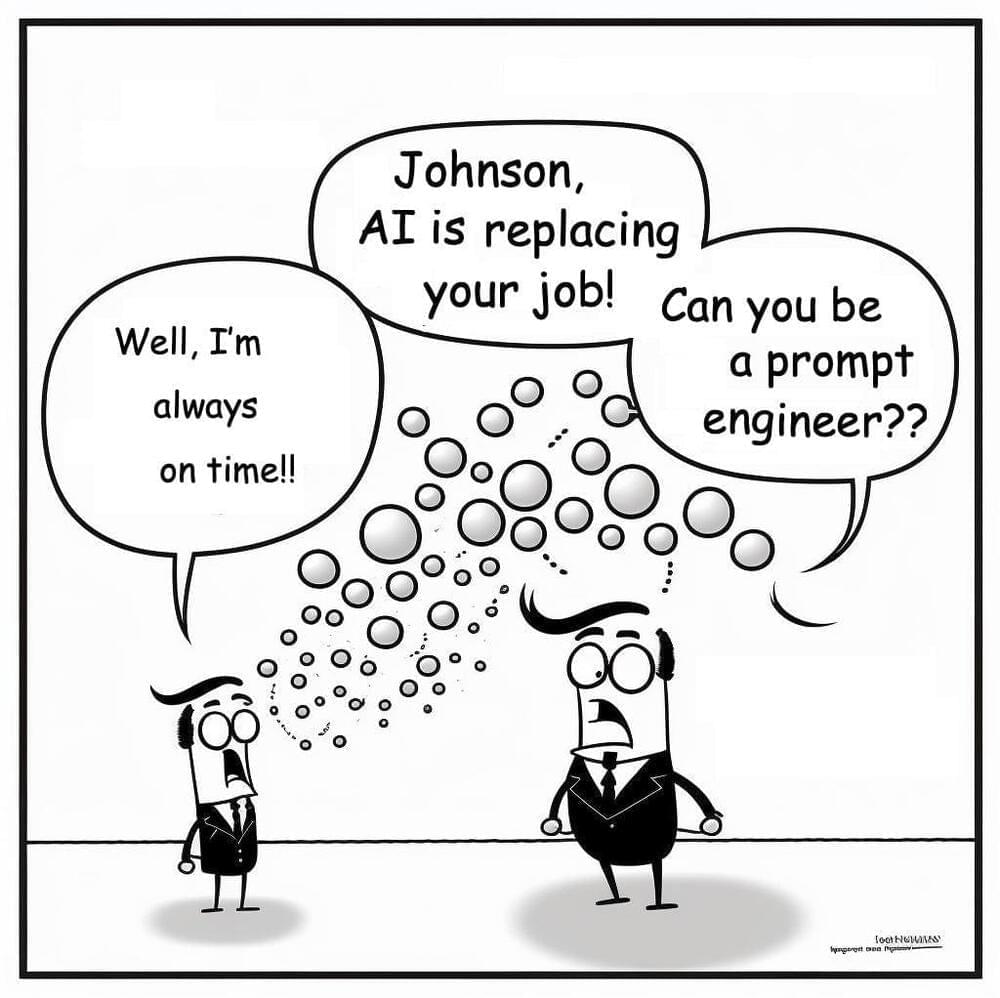Child protégée, David Balogun, continues to shock the world with his incredible genius.
The nine-year-old is one of the youngest high school graduates, receiving his diploma from Reach Cyber Charter School in Harrisburg, PA. After graduation, Balogun was invited by NASA and the Maryland-based Space Telescope Science Institute to visit the James Webb Space Telescope Mission Operations Center in Baltimore. His story made headlines and Hannah Braun, the institute’s spokesperson, said the team just had to meet him.
“I had actually seen David’s story all over social media and thought, ‘Wow, I’d bet he’d find a trip to Webb’s Mission Operations Center exciting!’” Braun said to Atlanta Black Star.









